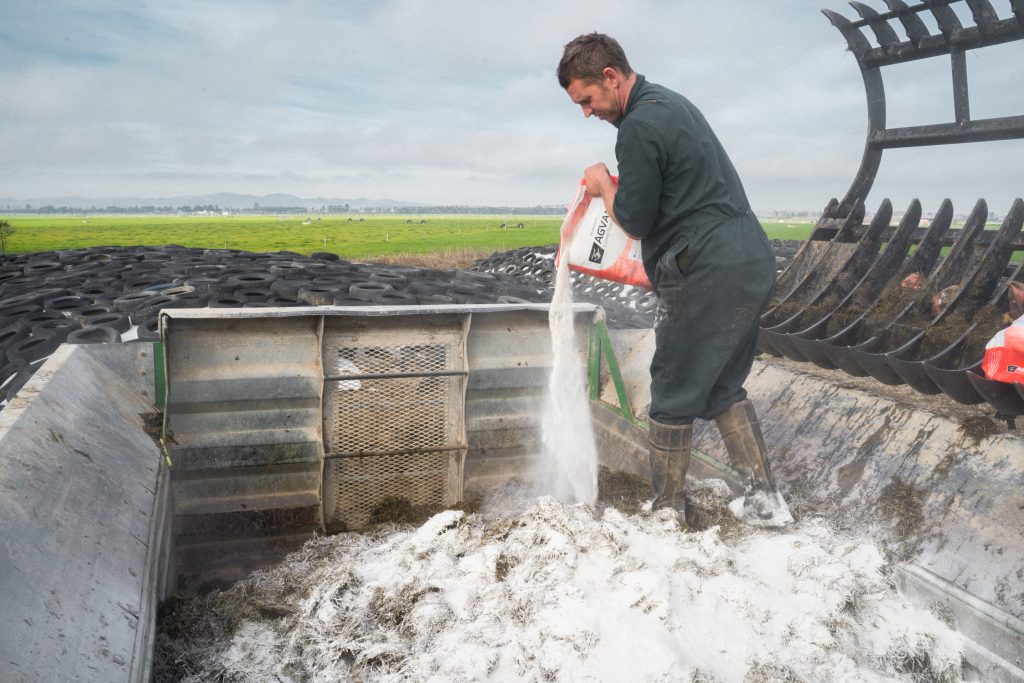Transition is a pivotal phase in a dairy cow’s production cycle. During this period, cows undergo significant physiological changes, including increased metabolic demands and adjustments in nutrient requirements. A balanced diet, including macro minerals and essential trace elements, during transition is essential for optimal health, milk production, and reproductive performance later in the spring.
While you know your transitioning cows need trace elements, you may be unaware of the specific functions of these minerals, leading you to underestimate their importance.
The functions of essential trace elements
Copper
Copper is a high-requirement element and is essential for health and performance in dairy cattle. Copper works as a powerful antioxidant at the cell level, so form is all-important. In order to guarantee high absorption, the copper should be chelated (meaning it is attached to an amino acid). Provided copper is given in the correct chelated form, it will be successfully absorbed within the intestinal system.
Zinc
Like copper, zinc is important at a cellular level as it drives one of the most important antioxidant pathways. In its elemental (non-chelated) form, zinc is only partially absorbed and can be poorly moved through the body. Given this, in most applications zinc needs to be chelated in order to ensure good intestinal absorption.

However, there is one possible exception to this rule – in situations where facial eczema is a risk, non-organic zinc is useful for saturating the liver cells and can give good liver protection from spore toxins. Zinc is essential for skin integrity, wound healing, and immune function.
Selenium
Selenium acts as an antioxidant, supporting immune function, reproductive health, and (most importantly) helps to drive energy by underpinning healthy liver and thyroid function. Selenium is absolutely essential to healthy liver function, enhancing production of the antioxidant glutathione peroxidase, which is key to liver cell regeneration.
One of selenium’s lesser-known roles is in the production of thyroid hormones, sharing equal status with iodine when it comes to healthy thyroid hormone production.
However, selenium availability can be hampered by a combination of factors:
- The same natural goitrogens that hamper iodine availability can antagonise the rumen. These toxins are common in the clover portion of pasture, and in brassica crops commonly fed to cattle.
- Free sulphurs in the diet can degrade selenium. Rumen microbes will combine degraded sulphur thiols with selenium, forming a potentially toxic selenothiol production. It is very important to identify high free sulphur in the diet and supplement selenium in forms that will ensure mineral-induced deficiencies of selenium are well covered.
- Unlike iodine, degraded forms of selenium can also have a potentially toxic effect at the cell level. Selenium degraded with sulphur can cause increased cell death prior to secretion. Taking this into account, you may want to consider using an organically-bound, or rumen-protected form of selenium in situations where these issues are likely to occur.
Consequences of inadequate trace element supplementation
Just as adequate mineral levels have a positive effect on health, production, and milk production, inadequate trace element supplementation will have the opposite effect.
Common consequences include:
- Increased risk of metabolic disorders, such as milk fever and hypomagnesemia.
- Reduced milk yield and quality.
- Poor reproductive performance, including delayed conception and increased calving intervals.
- Compromised immune function, leading to higher susceptibility to diseases.
Trace elements play a pivotal role in setting up transitioning dairy cows for a successful and profitable season, and taking into account all factors, including animal environment, and potential antagonistic mineral reactions, will aid in correct trace element supplementation through each season. By understanding the roles of trace elements, you can support your cows’ metabolic processes and physiological functions critical for a successful transition.
